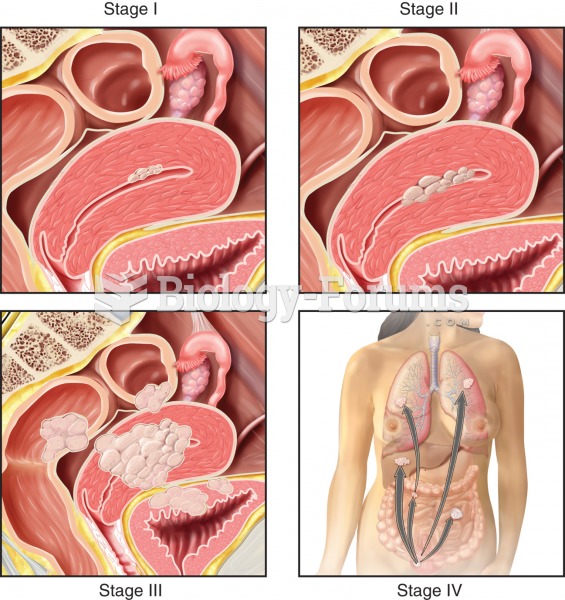|
|
|
Medication errors are more common among seriously ill patients than with those with minor conditions.
There are 20 feet of blood vessels in each square inch of human skin.
The most common treatment options for addiction include psychotherapy, support groups, and individual counseling.
Oxytocin is recommended only for pregnancies that have a medical reason for inducing labor (such as eclampsia) and is not recommended for elective procedures or for making the birthing process more convenient.
Certain topical medications such as clotrimazole and betamethasone are not approved for use in children younger than 12 years of age. They must be used very cautiously, as directed by a doctor, to treat any child. Children have a much greater response to topical steroid medications.






